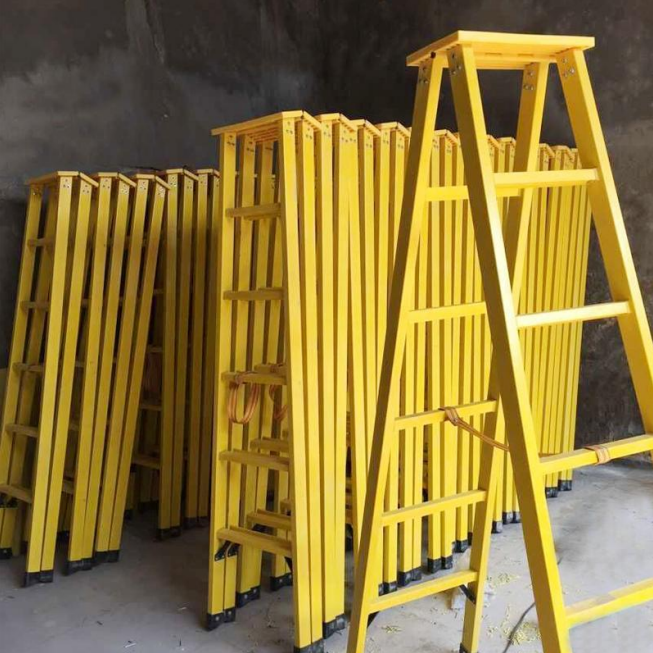Fast delivery
Global supplier
Innovative solutions
Understanding FRP Fences: The Future of Safety Barriers
Jun 16,2025
---
In the field of traffic safety equipment, FRP fences stand out as a modern solution to various barriers and security needs. FRP, or Fiberglass Reinforced Plastic, is a composite material that combines fiberglass and plastic to create a lightweight yet highly durable structure. This unique composition allows FRP fences to offer numerous advantages over traditional fencing materials.
One of the primary benefits of FRP fences is their resistance to corrosion and environmental wear. Unlike metal fences that can rust over time and wooden fences that may decay or attract pests, FRP fences maintain their integrity in harsh weather conditions. This characteristic makes them an excellent choice for use in areas with high humidity, salty air, or other environmental stressors, ensuring a longer lifespan with minimal maintenance.
In addition to their durability, FRP fences provide impressive tensile strength. This strength is essential for traffic safety applications, where barriers must withstand impact from vehicles or other forces. FRP's lightweight nature also allows for easier installation and handling compared to heavier materials, streamlining the setup process and reducing labor costs.
Safety is paramount in the transportation industry, and FRP fences contribute to this goal by providing visual cues to drivers and pedestrians. Their bright colors and visibility can help delineate spaces, guiding traffic flow and preventing unauthorized access to restricted areas. This function is particularly valuable in high-traffic zones, construction sites, or areas near schools where the safety of pedestrians is a significant concern.
Furthermore, FRP fences can be customized to meet specific needs and preferences. They can be produced in various heights, colors, and designs, allowing for tailored solutions that blend seamlessly with the surrounding environment or adhere to regulatory standards. This versatility is a key factor that makes FRP fences appealing for municipal, commercial, and residential applications alike.
Another aspect worth mentioning is the sustainability of FRP materials. As the construction and manufacturing industries increasingly focus on eco-friendly practices, FRP's potential for recycling and lower carbon footprint makes it a responsible choice for modern infrastructure development. By opting for FRP fences, businesses can contribute to a greener future while still ensuring safety and functionality.
In summary, FRP fences represent a significant advancement in the field of traffic safety barriers. Their durability, strength, visibility, customization options, and sustainability make them an ideal choice for various applications in the transportation industry. As safety continues to be a top priority, FRP fences are likely to play an increasingly important role in enhancing public safety and security.
In the field of traffic safety equipment, FRP fences stand out as a modern solution to various barriers and security needs. FRP, or Fiberglass Reinforced Plastic, is a composite material that combines fiberglass and plastic to create a lightweight yet highly durable structure. This unique composition allows FRP fences to offer numerous advantages over traditional fencing materials.
One of the primary benefits of FRP fences is their resistance to corrosion and environmental wear. Unlike metal fences that can rust over time and wooden fences that may decay or attract pests, FRP fences maintain their integrity in harsh weather conditions. This characteristic makes them an excellent choice for use in areas with high humidity, salty air, or other environmental stressors, ensuring a longer lifespan with minimal maintenance.
In addition to their durability, FRP fences provide impressive tensile strength. This strength is essential for traffic safety applications, where barriers must withstand impact from vehicles or other forces. FRP's lightweight nature also allows for easier installation and handling compared to heavier materials, streamlining the setup process and reducing labor costs.
Safety is paramount in the transportation industry, and FRP fences contribute to this goal by providing visual cues to drivers and pedestrians. Their bright colors and visibility can help delineate spaces, guiding traffic flow and preventing unauthorized access to restricted areas. This function is particularly valuable in high-traffic zones, construction sites, or areas near schools where the safety of pedestrians is a significant concern.
Furthermore, FRP fences can be customized to meet specific needs and preferences. They can be produced in various heights, colors, and designs, allowing for tailored solutions that blend seamlessly with the surrounding environment or adhere to regulatory standards. This versatility is a key factor that makes FRP fences appealing for municipal, commercial, and residential applications alike.
Another aspect worth mentioning is the sustainability of FRP materials. As the construction and manufacturing industries increasingly focus on eco-friendly practices, FRP's potential for recycling and lower carbon footprint makes it a responsible choice for modern infrastructure development. By opting for FRP fences, businesses can contribute to a greener future while still ensuring safety and functionality.
In summary, FRP fences represent a significant advancement in the field of traffic safety barriers. Their durability, strength, visibility, customization options, and sustainability make them an ideal choice for various applications in the transportation industry. As safety continues to be a top priority, FRP fences are likely to play an increasingly important role in enhancing public safety and security.
PREVIOUS:
Contact Us
Tel:
+86017717930013 +86013621742959
Email:
Address:
No.99 Denggao Road, Motou Town, Rugao City, Jiangsu Province, China.








